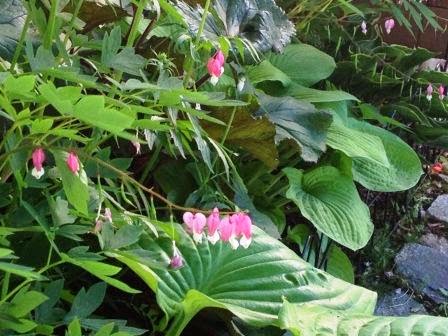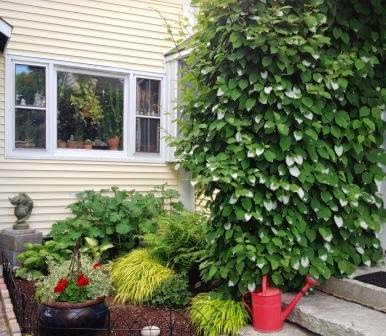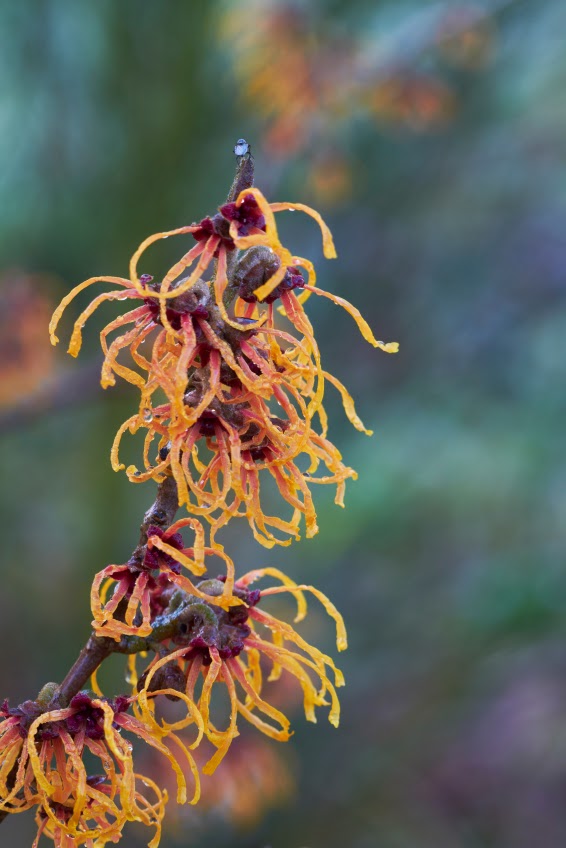 As many of you know Allen, Sterling &
Lothrop's fourth generation has been getting more and more involved in the
business. You may have met Jenn's (AS&L's seed room
manager) daughter Nadia running the front with her grandmother,
Shirley, or you may have had one of Shawn's boys help you with a
Christmas tree.
As many of you know Allen, Sterling &
Lothrop's fourth generation has been getting more and more involved in the
business. You may have met Jenn's (AS&L's seed room
manager) daughter Nadia running the front with her grandmother,
Shirley, or you may have had one of Shawn's boys help you with a
Christmas tree.This year Buffman (Shawn's middle son) has joined forces with his grandmother, Shirley, to bring you their thoughts on the healthiest vegetable's you can grow. They consulted Shirley's vast knowledge of gardening and nutrition and www.whfoods.com
--------------------------------------------------------------
Bell
peppers have a wonderful combination tangy taste, and crunchy texture. There is
far less than 1 gram of total fat in a cup of sliced bell peppers. Choose
peppers with deep vivid colors, taut skin, and free of soft spots. The stems
should be green and fresh looking. Unwashed sweet peppers stored in a
refrigerator can keep for approximately 7-10 days. Bell peppers are sensitive
to moisture loss.
Bell peppers are not the easiest veg to grow in Maine, but if you start the seeds indoors 6-8 weeks before putting out in the garden and make sure that night time temps don't get down below 55F--you should be fine. The Ace Hybrid is a great choice for areas with short growing season.
Before cutting the pepper for cooking, wash it under cold
running water. Use a paring knife to cut around the stem, and then slowly
remove it. Cut the pepper in half lengthwise, and then clean the seeds out, and
then you can start cutting it how you want.
Try this delicious Ratatouille which uses roasted red bell peppers from ReginaSpices
- 1 Medium Eggplant
- 2 Zucchini
- 2 Red Bell Peppers
- 2 Onions
- 2-3 Cloves of Garlic, minced
- 1 lb Tomato (fresh or canned)
- 3 Tbl Capers (optional)
- ¼ Cup Extra Virgin Olive Oil
- 2-3 tsp Herbes de Provence
- 1 tsp salt

Slice eggplant (peeled and cut into
rounds and then into strips) and zucchini (cut into rounds), salt and let stand
to drain (in a colander) for about 30 mins.
Roast the red bell peppers (475-500° for 30 mins or until skins are charred and wrinkled-be sure to turn at least once). Peel and slice the peppers into thin strips about ¼" wide.
Thinly slice the onions.
Put the olive oil in a Dutch Oven, add the onions, peppers, garlic, salt and Herbes de Provence. Over medium-low heat, gently cook the vegetables. Once the onions are soft and nearly clear (not browned) add the eggplant and zucchini. Stir and cook for a few minutes then add the tomatoes.Reduce heat to low and allow the mixture to cook for about 1 hour or until the eggplants are fully cooked.
Add capers.
Serve with nice crusty bread, rice or pasta.
Roast the red bell peppers (475-500° for 30 mins or until skins are charred and wrinkled-be sure to turn at least once). Peel and slice the peppers into thin strips about ¼" wide.
Thinly slice the onions.
Put the olive oil in a Dutch Oven, add the onions, peppers, garlic, salt and Herbes de Provence. Over medium-low heat, gently cook the vegetables. Once the onions are soft and nearly clear (not browned) add the eggplant and zucchini. Stir and cook for a few minutes then add the tomatoes.Reduce heat to low and allow the mixture to cook for about 1 hour or until the eggplants are fully cooked.
Add capers.
Serve with nice crusty bread, rice or pasta.















